What You Get in Tokyo for $950/Month
Tokyo tends to have an image of being expensive. What we consider as expensive or cheap is relative, but if you’re from any major city in the US or Canada, you’ll likely think that renting in Tokyo is a pretty good deal, at least regarding the monthly costs.
As you could guess by the title, my rent for my first studio apartment in Tokyo was about $950 a month.
The location
As with anywhere, the location has a lot to do with the price. The metropolitan area of Tokyo is made up of 23 wards, and each operates with some autonomy. Because of this, each has slightly different residential taxes and average rent prices.
For reference, the average rent for a 1K studio in central Tokyo (within the 23 wards) is said to be about $870 in 2019 [J]. It’s not uncommon to pay a rent within the $700 range for a good place, however.
Ward: Setagaya
My apartment was in the Setagaya ward which is west-southwest from the center of Tokyo. It has just under 1 million residents and is the second largest ward in Tokyo in terms of area. Its residential taxes and rent prices, while generally cheaper than others wards like Minato or Shibuya, is slightly above average.
The most well known area in Setagaya is probably Shimokitazawa, an area known for its subculture, thrift stores, small bars and live houses, and a spot where many performing artists get their starts.
My apartment was about 10 minutes from there.
Station: Shimotakaido
I chose an apartment in Shimotakaido [MAP] - a residential area within 15 minutes of Shinjuku and Shibuya.
Two train lines go to Shimotakaido - the Keio line and the Setagaya street car line. The Keio line goes from Shinjuku all the way out west to the Hachiōji area. The Setagaya line connects Shimotakaido with Sangenjaya.
This area was very convenient for me because the Keio line connects to the TOEI Shinjuku line. This meant that I only had one easy transfer crossing the platform at Sasazuka Station, and sometimes none at all, to get to work which was around 35 minutes door-to-door.
My apartment was only a 3 minute walk from the station. The majority of the walk was along the main road with a 24-hour supermarket, dry cleaning service, Lawson and 7-11 convenience stores, and a lot more along the way. Extremely convenient.
The apartment building
The apartment building was a 12-story concrete building built in 2004. In Japan, they refer to this as a “mansion” (odd, I know). At the time I rented it, it was about 10 years old.
To the west, it had a view of Mount Fuji, and to the east a view of the downtown Shinjuku skyline.
Key features
“Auto-lock” - A secure entry system into the building
Security camera system in the lobby and elevator
Video intercom to allow people into the building
Delivery boxes - A self-serve locker system for box deliveries in case you’re not home
Secure bicycle parking (extra fee)
Mechanical car parking (extra fee) - A parking system that elevates cars to save space
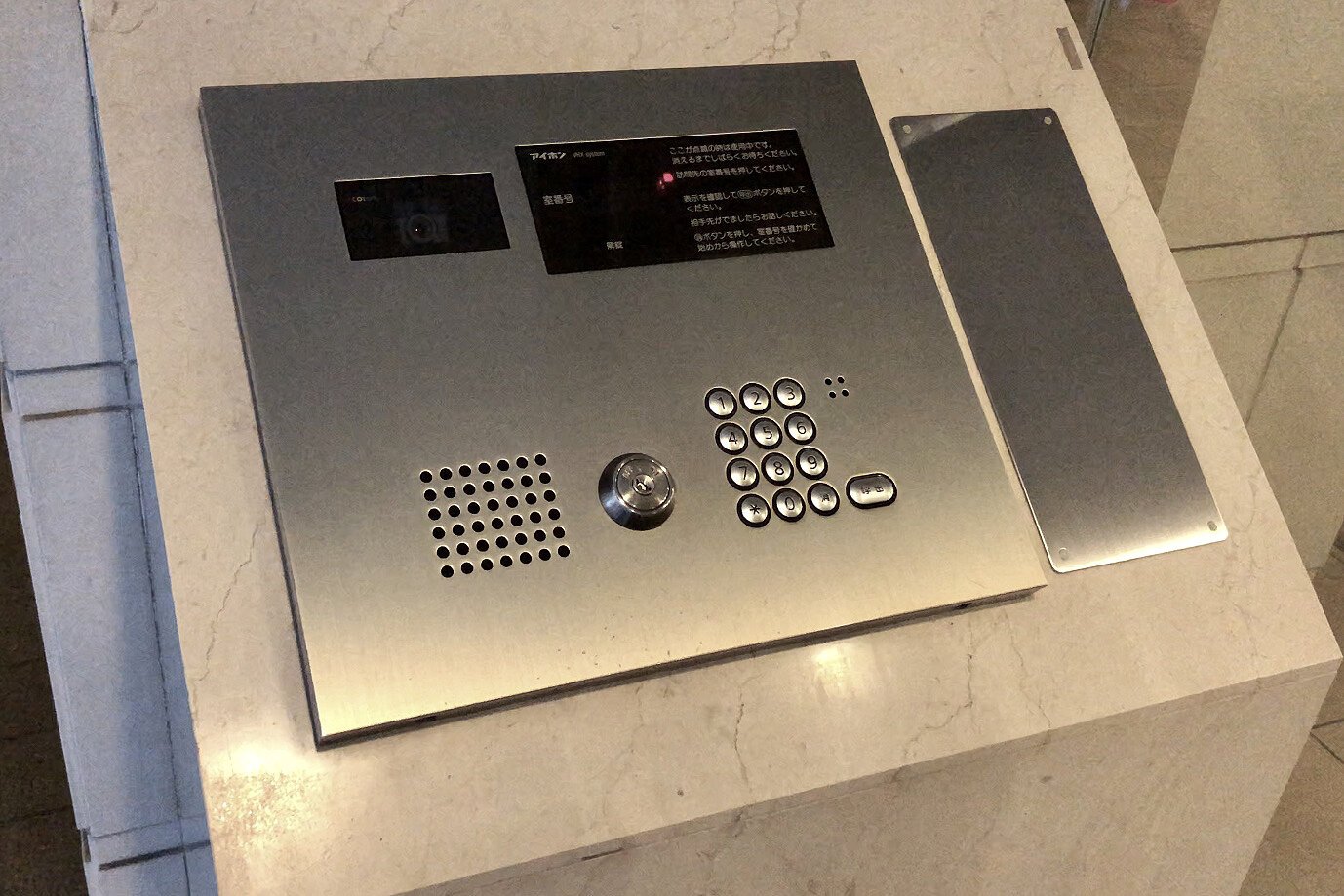
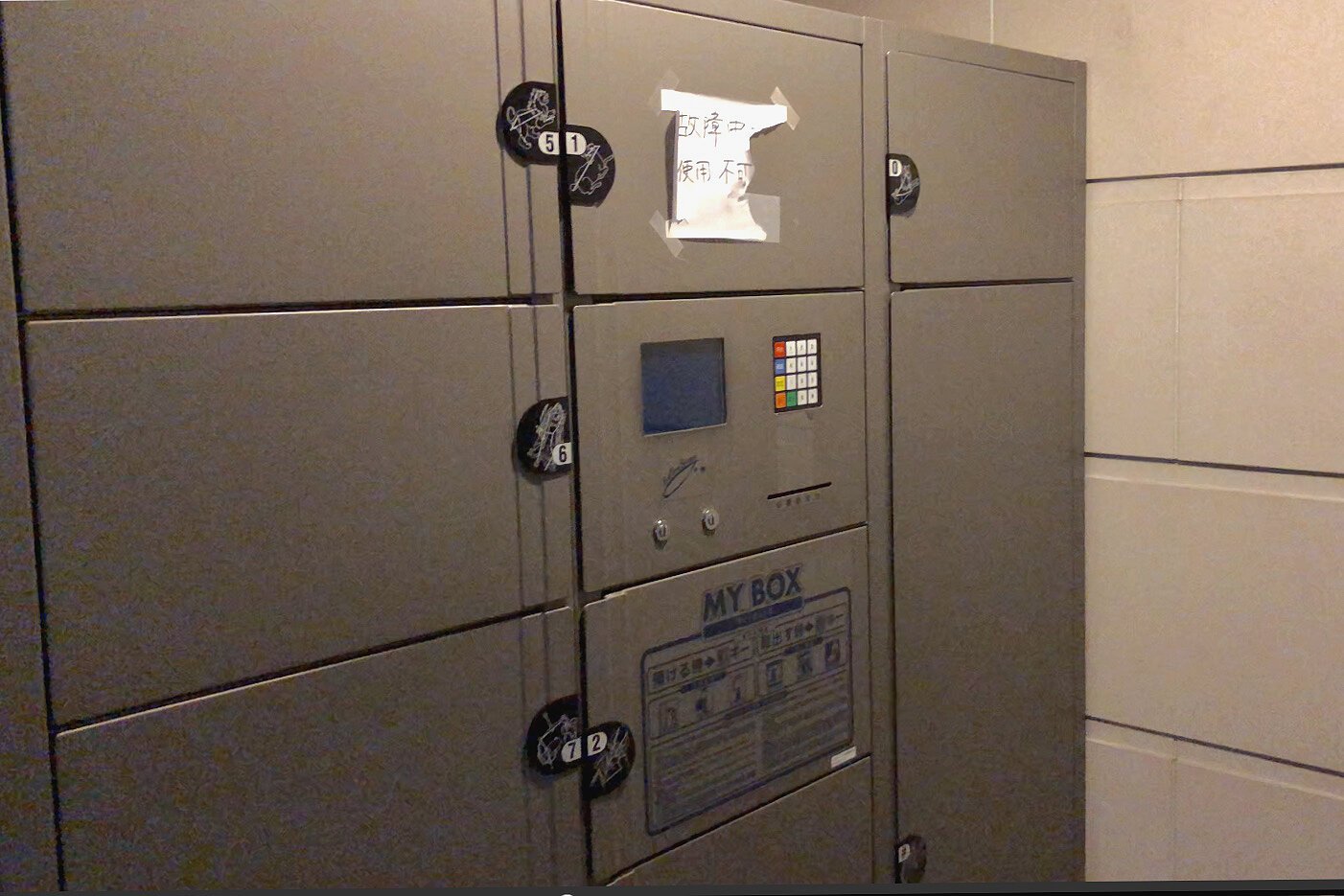
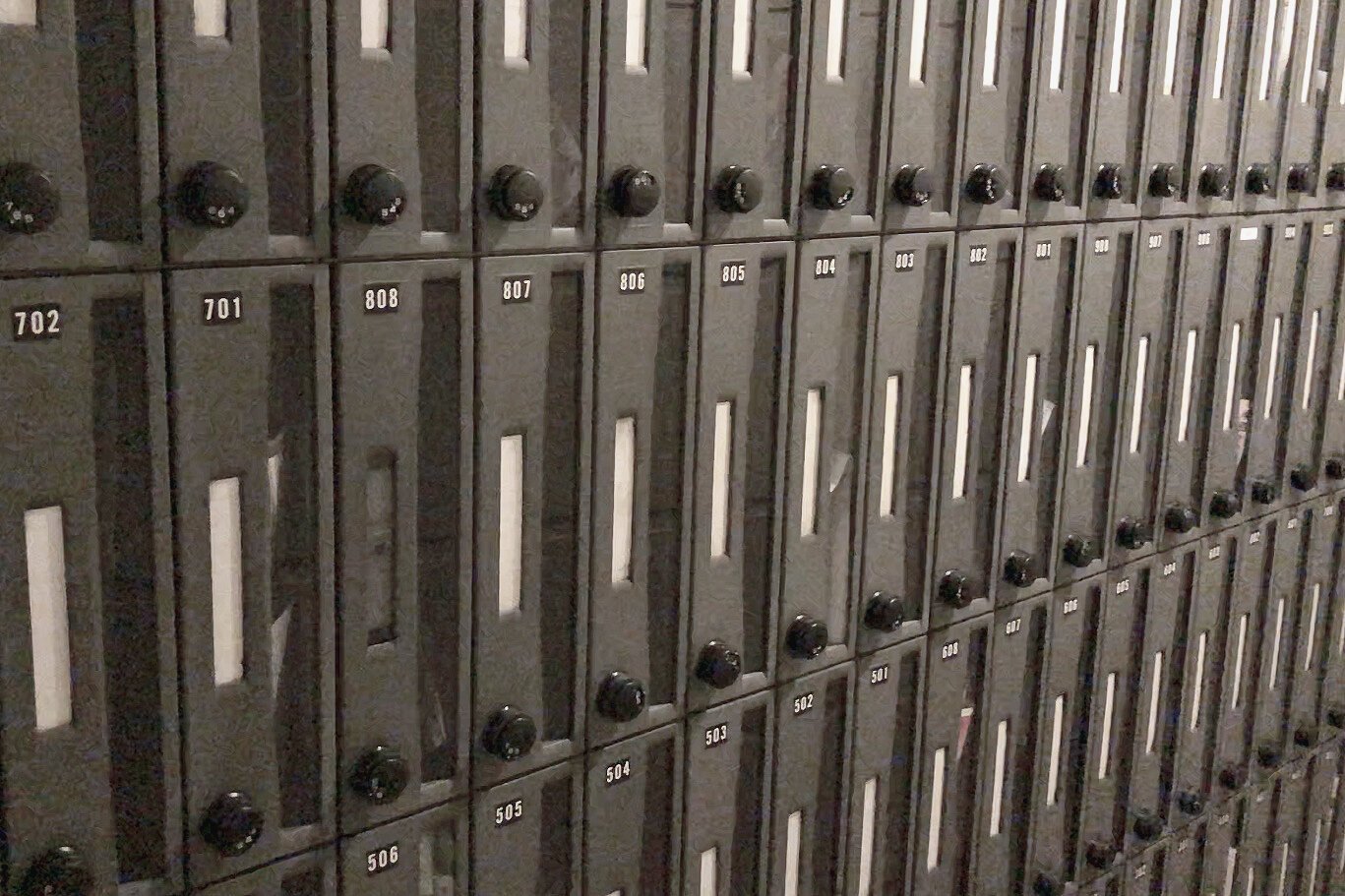
The building was next to an expressway, so the lower floors may have been a little on the noisy side. To the front of it was an office building of about equal height and another apartment building was on the opposite side of the expressway.
A woman would come and clean the apartment almost every morning so the common areas of the building were pretty well kept.
The apartment
My apartment was classified in Japan as a 1K, which means 1 room and a kitchen. It’s basically a simple studio. 1Ks are very common in Japan as living with non-family roommates isn’t typical, traditionally speaking.
Key features
24 sq. m (258 sq. ft.)
Stove with 2 gas burners
Bathroom with shower, tub
Washing machine hookup
1 concrete “designer” wall
Balcony with half view of Shinjuku
Sliding door with double-paned glass and invisible retracting screen
Higher than typical ceiling, concrete
Fees and costs
The monthly rent totaled to 95,000 JPY or about $950 USD. This included the management and service fee of 7,000 JPY ($70). When looking at the monthly costs, it’s pretty reasonable considering the size and density of the city, and quality of the apartment itself.
The initial costs, however, were a bit high.
Initial costs
While exact costs may vary depending on the rental agency, it is typical that there will be a deposit and “key money” amongst a few other smaller fees. The key money is what was a bit different from any rental experience that I had.
Poorly explained to me as a non-refundable “thank you” fee to the property owner for letting me rent, it’s paid at the beginning of each contract term. This means that you’ll pay it again if you choose to stay at the location and renew for another 2 years. Personally, I think it’s a ridiculous fee but that’s the norm in Japan.
Another fee I was charged was a cleaning fee that they used when I moved out.
My initial moving-in expenses were something like this:
Deposit: $950 (1-month’s rent)
Key/thank you money: $950
1st month’s rent: $950
Cleaning fee: $385
Key fee: $185
Insurance: ~$120 (1/year)
Debt collector fee: ~$100 (1/term)
Total: $3,640 (approx.)
Utilities
The rent didn’t include any utilities.
My monthly utility bills on average were something like this:
Electricity: $30-65 (depending on season)
Gas: $25
Sewer & Water: $30 (once every 3 months)
Internet: $45
Total: $110-$145/month (approx.)
This may total to more than a lot of other cities around the world. However, to get to live in one of the best cities in the world, a huge one at that, in my own place with my own bathroom and washing machine and everything, to me, was worth it.
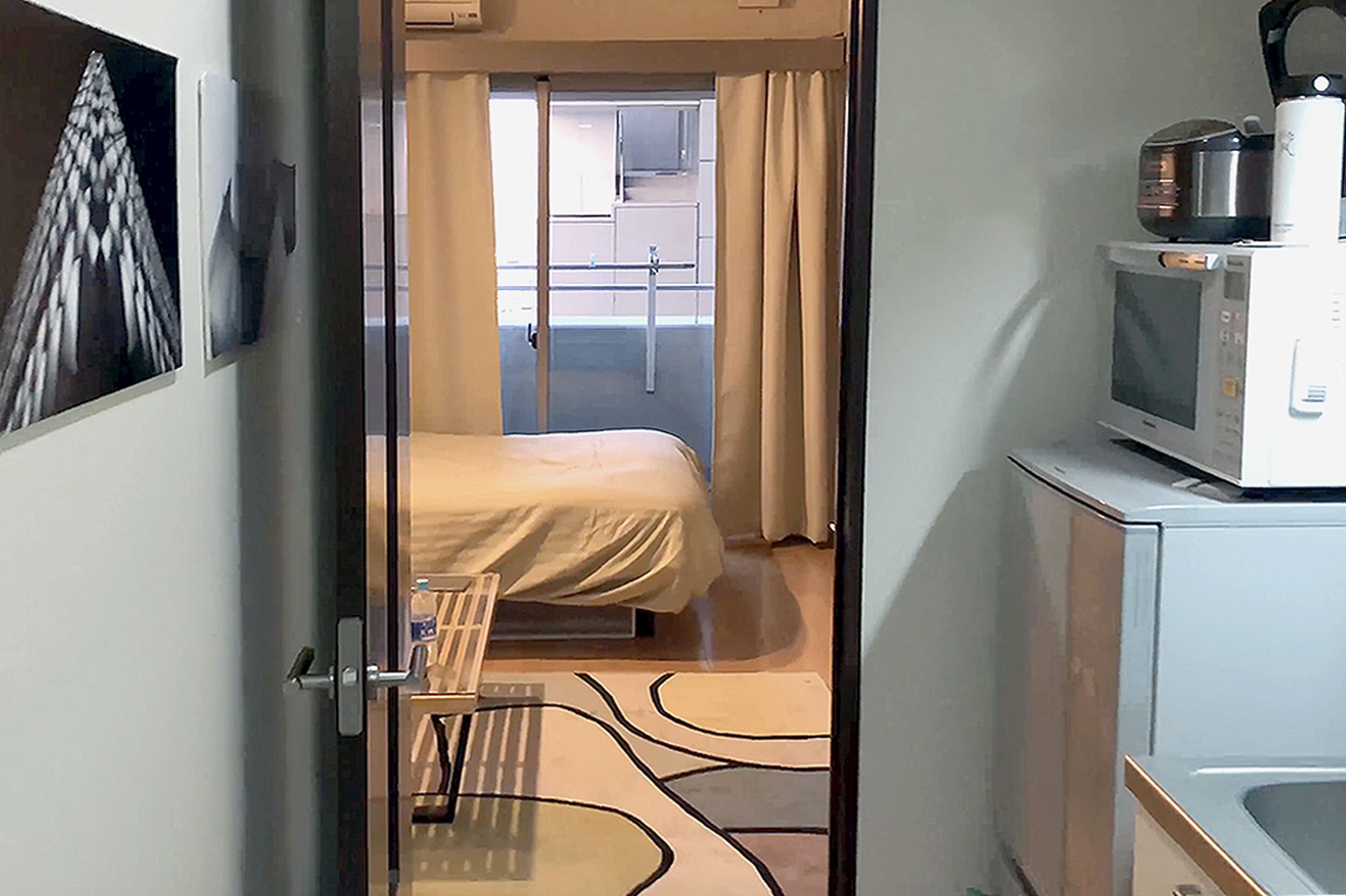





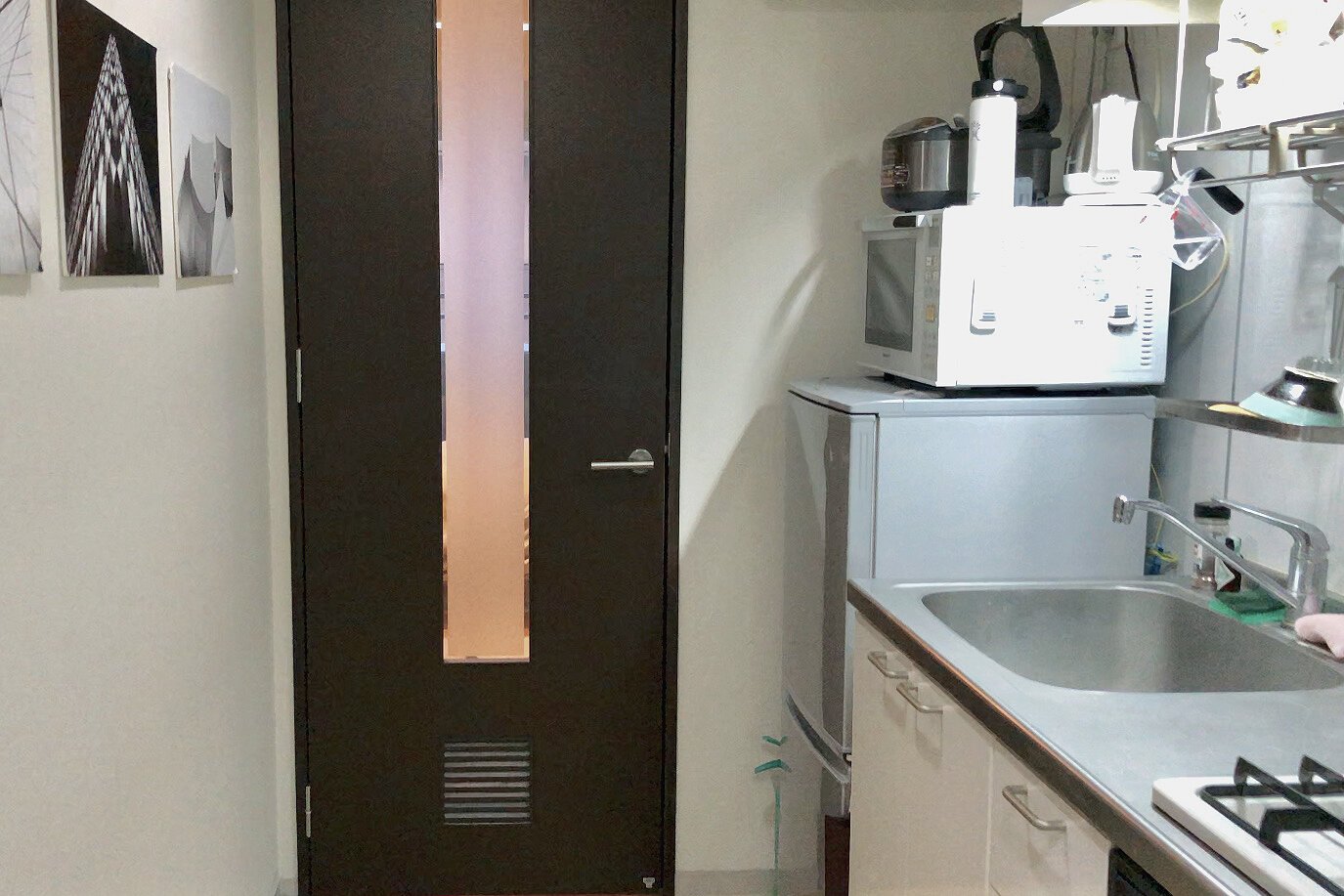









I share my experiences and tips for dealing with money if you're traveling or moving to Japan. My preferred banks in the U.S and Japan, how to use Apple Pay, and the credit cards that I use.